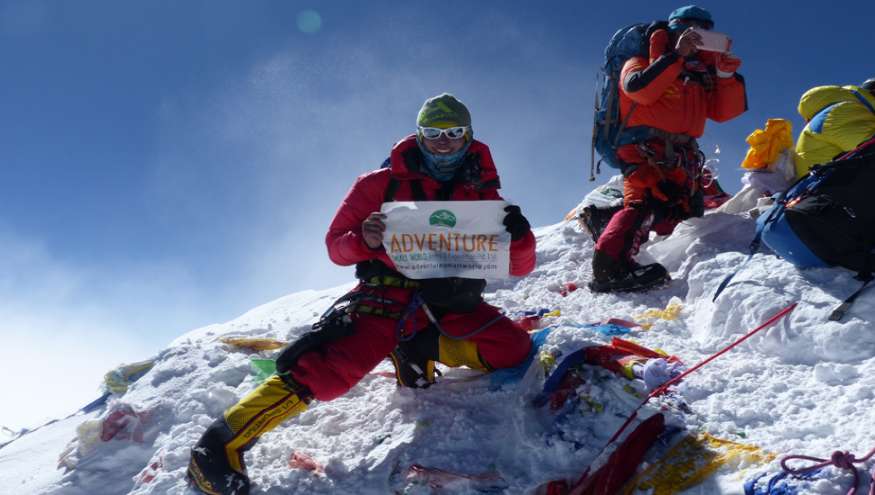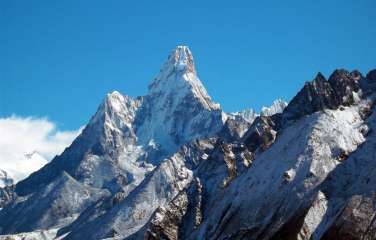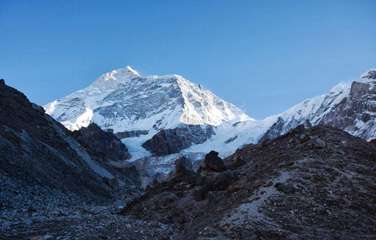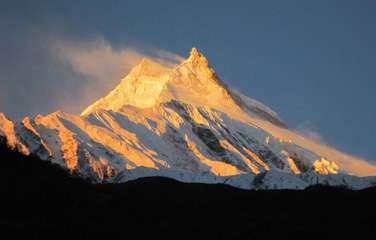About Everest Expedition
Everest Expedition is one of the most adventurous and thrilling journeys one can have in their lifetime. A venture to the top of the world, climbing Mt. Everest is the dream of thousands of travel lovers. This journey not only takes you to the summit of the world's highest mountain, but also lets you explore the hidden and isolated corners of the Khumbu region. The trail passes through beautiful Sherpa villages, where you get to see their rich cultural heritage and later join the glaciers & snowy trail. Throughout the expedition, you get to see the stunning landscape and Himalayan mountains views. Get in touch with us to know about the Everest Expedition cost or any other information.
Everest Expedition route (South Col Route)
Everest Base Camp (5,200 m)
The base of Mt. Everest is basically a moving glacier. This is the place, where you will be spending most of the time, therefore the crew will make sure you are having a comfortable stay. All the tents and necessities will be set before your arrival at the Everest Base Camp. You will go on numerous short hikes to acclimatize yourself for climbing Mt. Everest. Likewise, your team leader will also give you technical climbing training.
Camp I (5,900 m)
The route that leads to Camp I is very technical and involves the Khumbu Icefall. Khumbu Icefall is a 2,000 ft moving iceberg with deep crevasses, towering ice seracs, and many avalanches coming off Everest’s west shoulder. Upon reaching Camp I, you will set the tents along with the team and spend a couple of nights before heading above.
Camp II (6,400 m)
Located at the bottom of the west ridge in a lateral moraine, Camp II offers stunning views of Mt. Lhotse. At Camp II, you will be spending a few days. As it is a very safe site to spend the night, you might see other fellow climbers in the peak climbing season.
Camp III (7,100 m)
The route to Camp III involves technical climbing. Moreover, as you have also touched high altitude, the climb will gradually become strenuous because of low oxygen pressure. You will be exposed to strong wind, cold, and sun. The team leader will fix ropes for you. The path ranges from 30 to 45 degrees in angle. The distance to Camp III is long and can get exhausting.
South Col (8,000 m)
Srrounded by the north summit of the Everest and south summit of Lhotse, South Col is a flat area covered with loose boulders. Here, you will set the last camp before your final push towards the summit. Until this point, most of the climbers do not require supplemental oxygen support, however if you need there will be enough to support you. Crossing two rock sections, you reach the Yellow Band. From here, you pass by the Geneva Spur, an anvil-shaped rib of black rock to reach South Col.
Summit (8,848 m) – 1 hour or less
The distance of the summit from the South is short. You begin pushing towards the summit early in the morning. Crossing the Balcony, you slowly ascend towards the Hillary Steps and reach the south summit and head towards the central summit. You then climb on the moderate slope and reach the main summit of Mt. Everest.
Variation & Custom Itinerary
If you want to explore more parts of the Khumbu region, then we recommend you go for Gokyo Lakes Trek or Everest Three High Pass Trek. We do offer private expeditions for Mt. Everest, where you can create a custom itinerary that will fit your needs and requirements.





